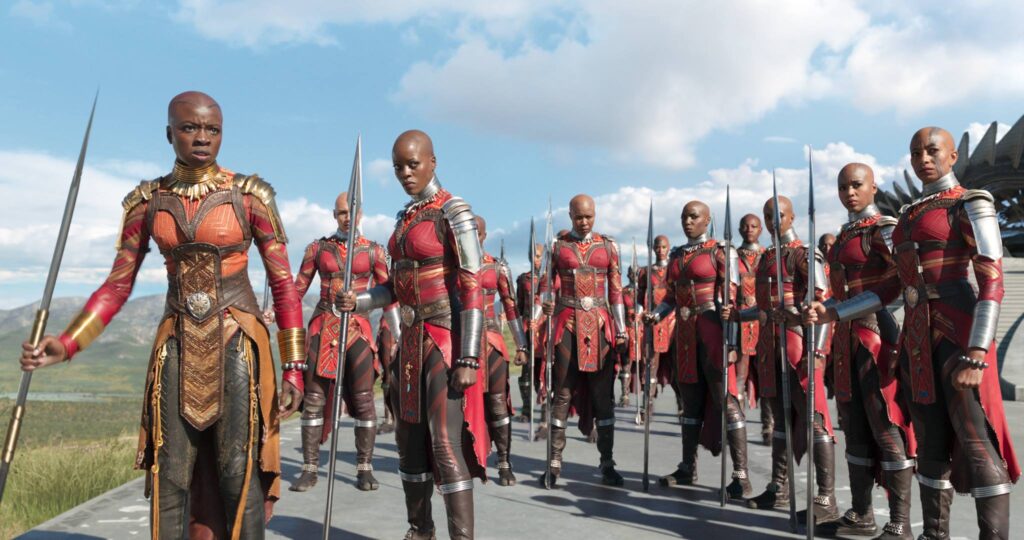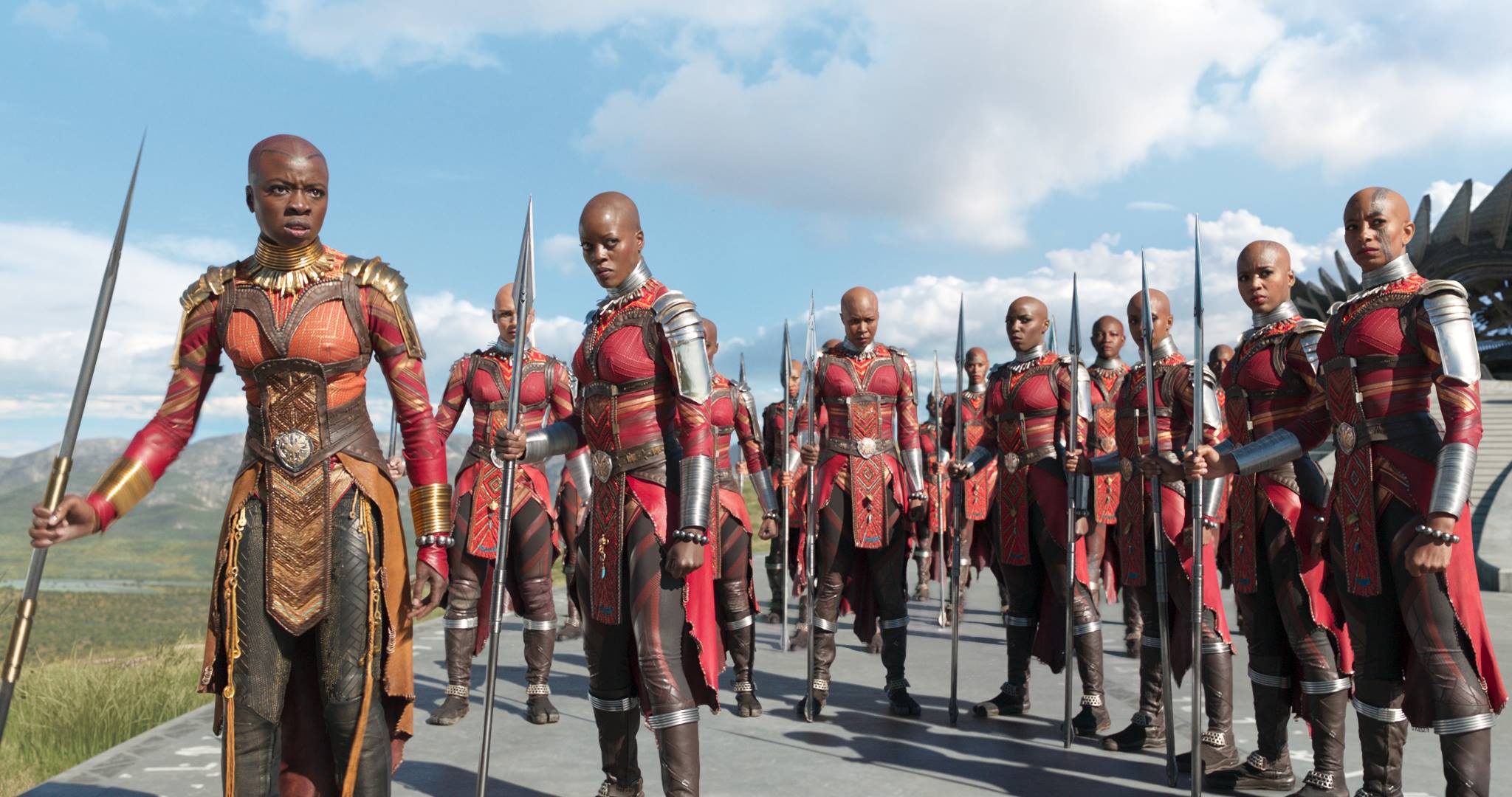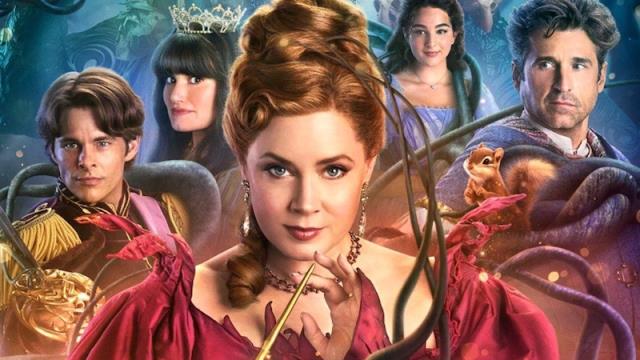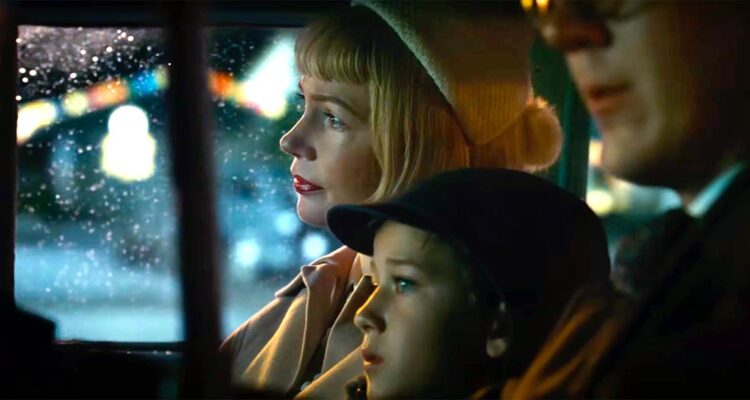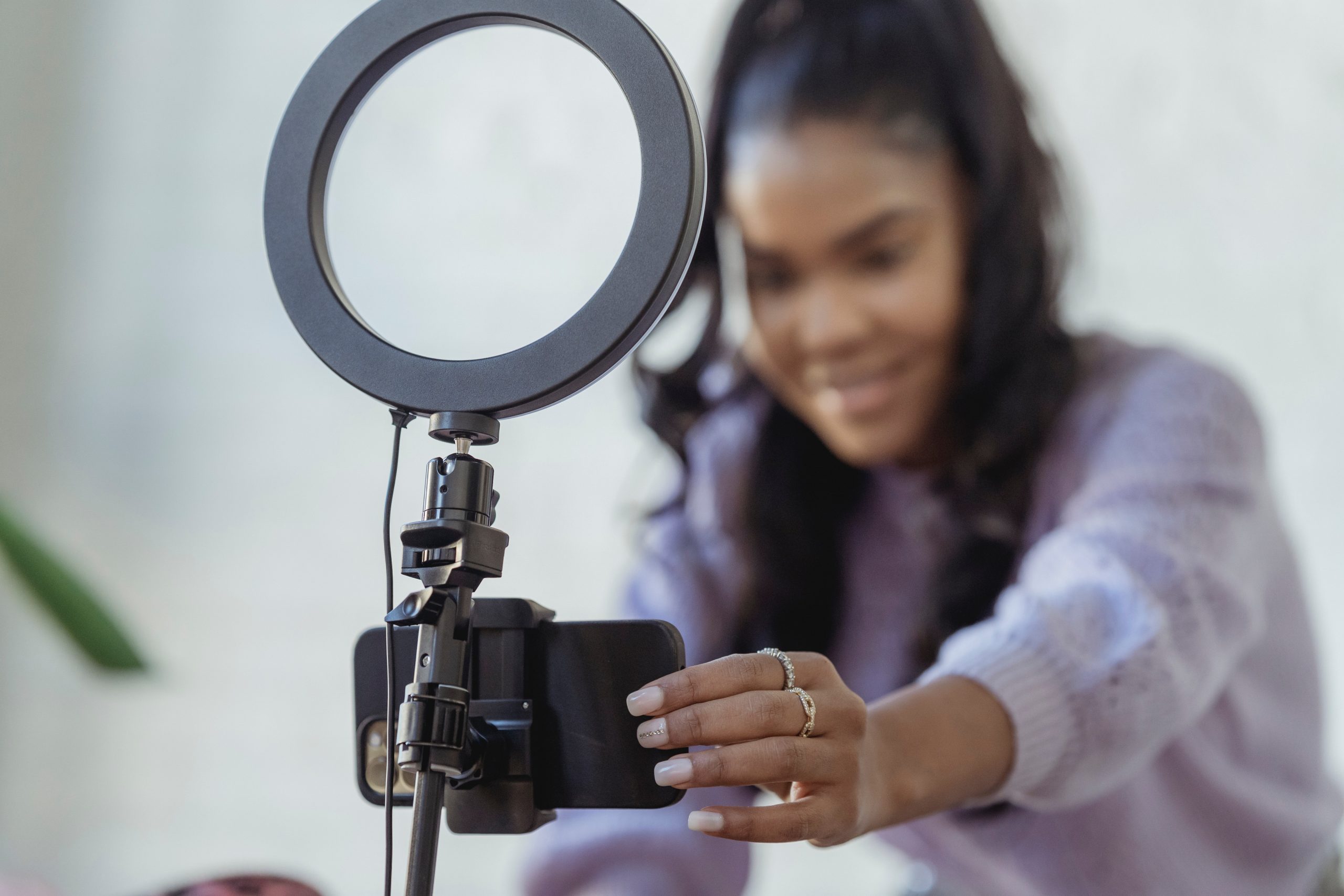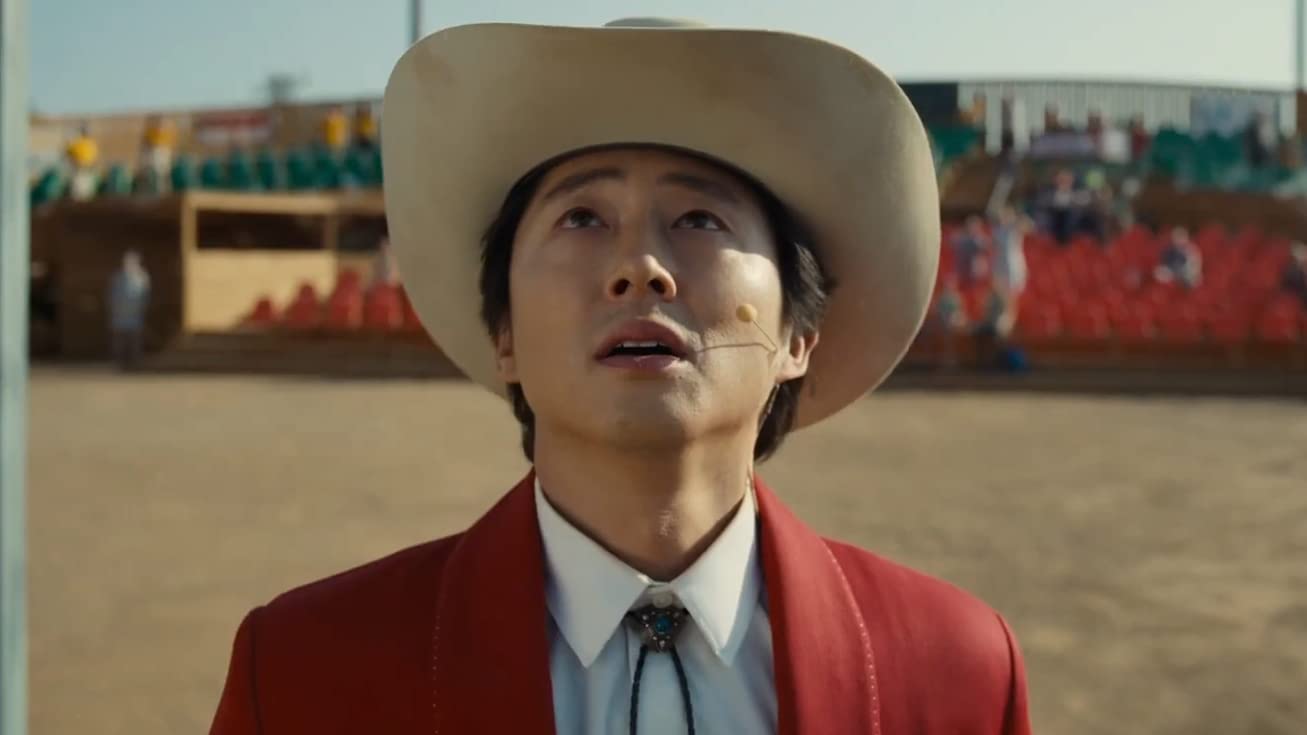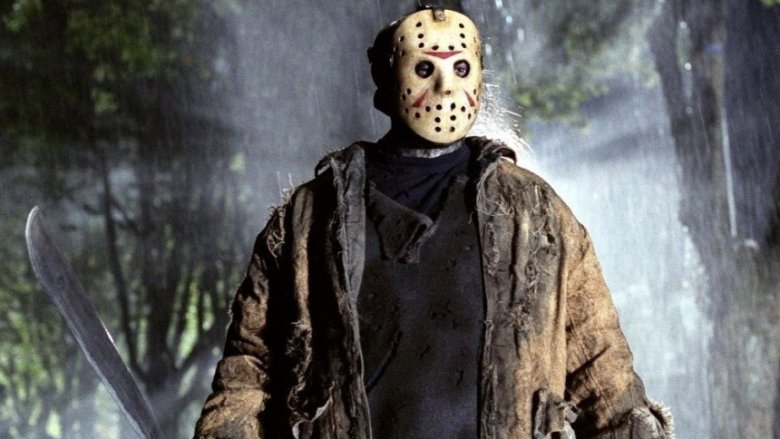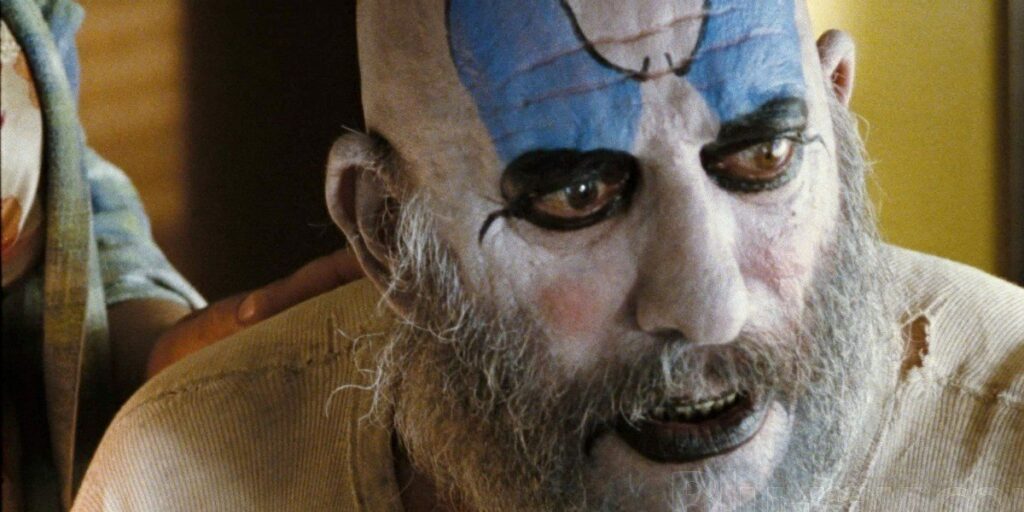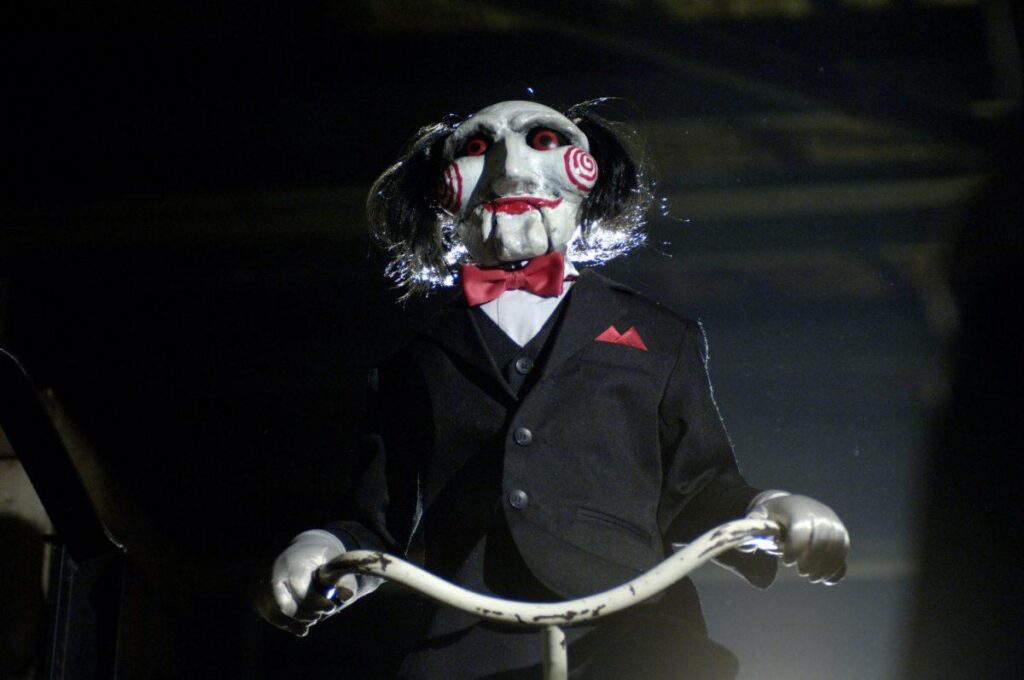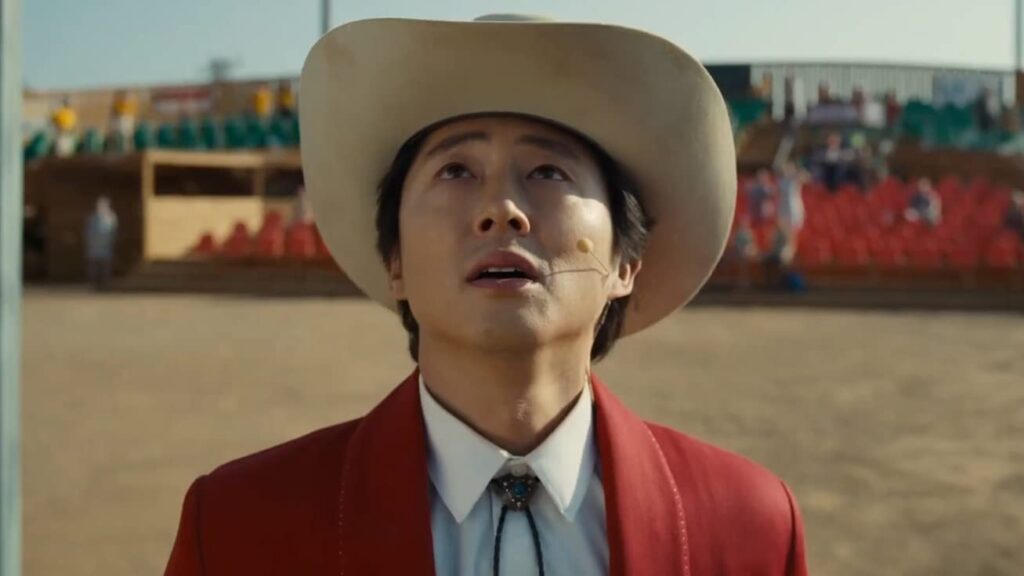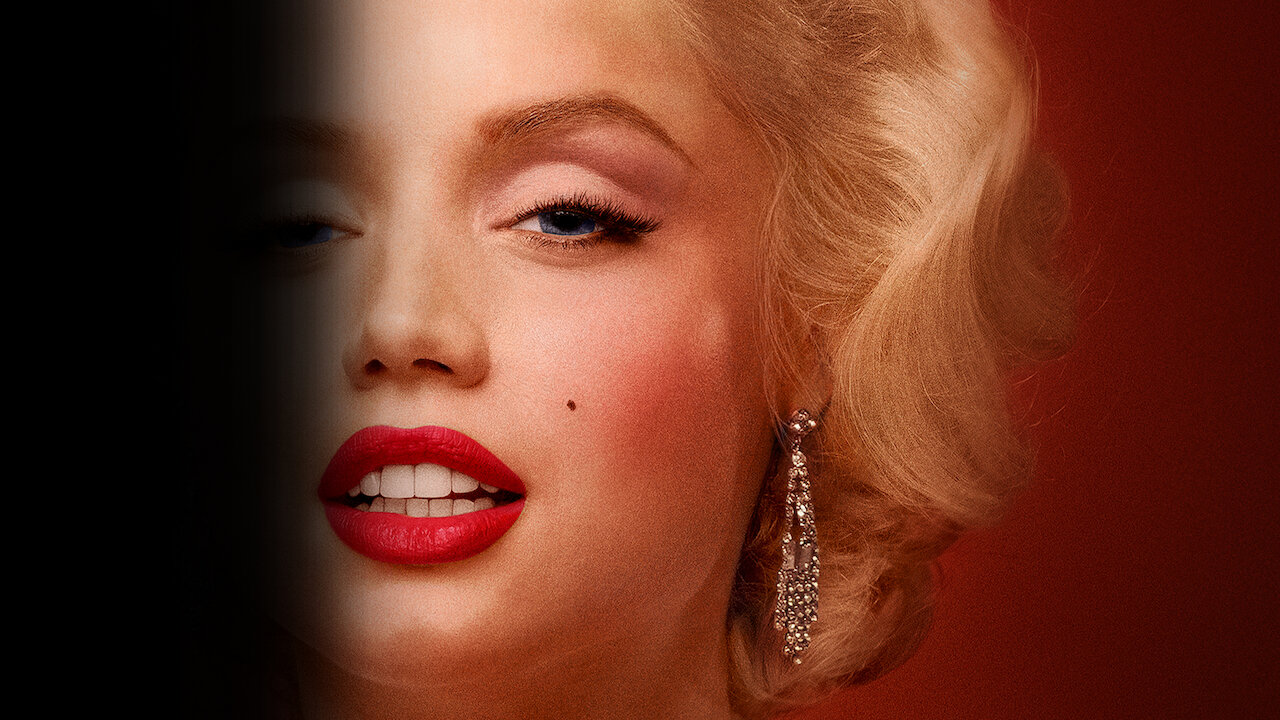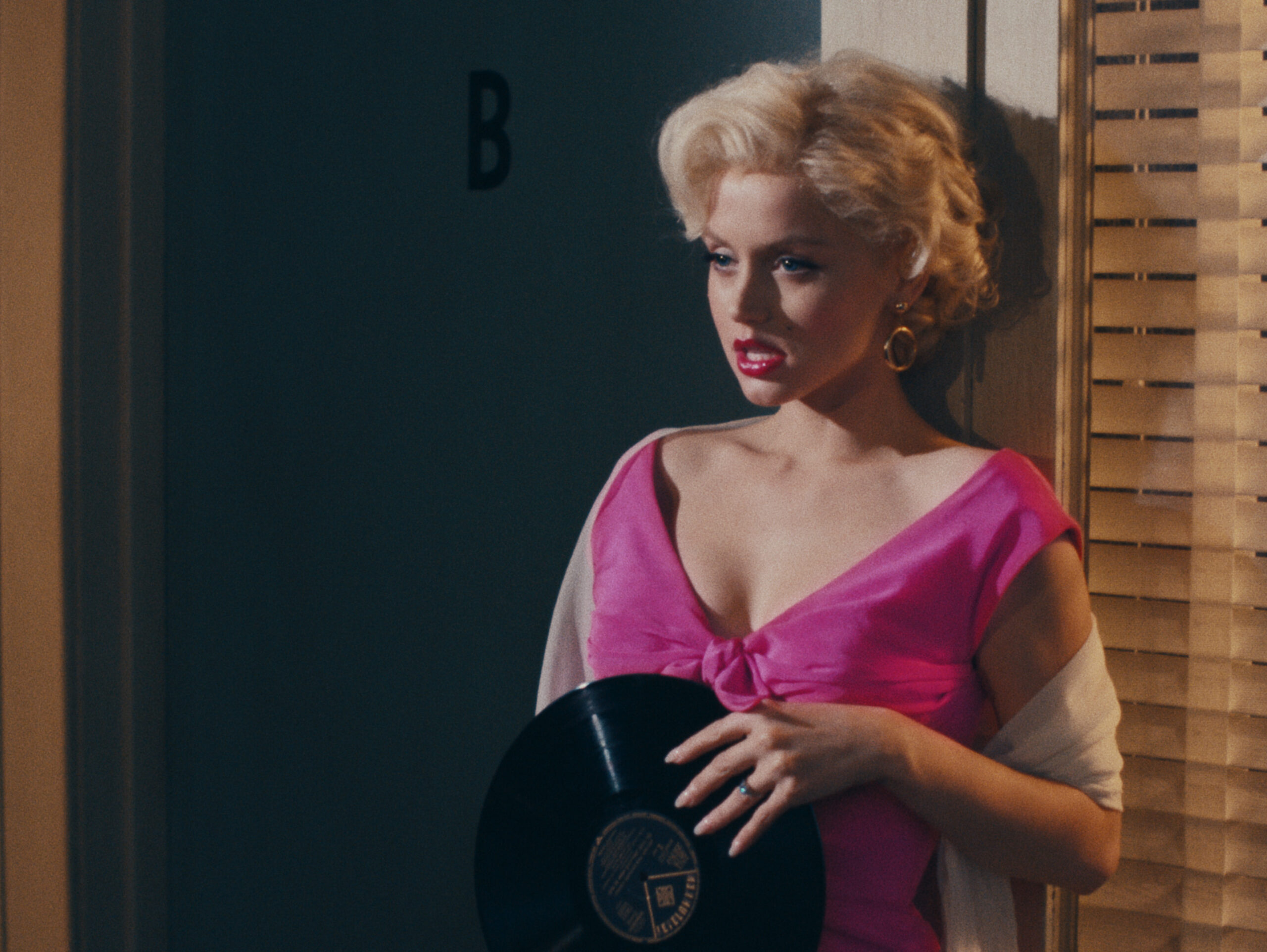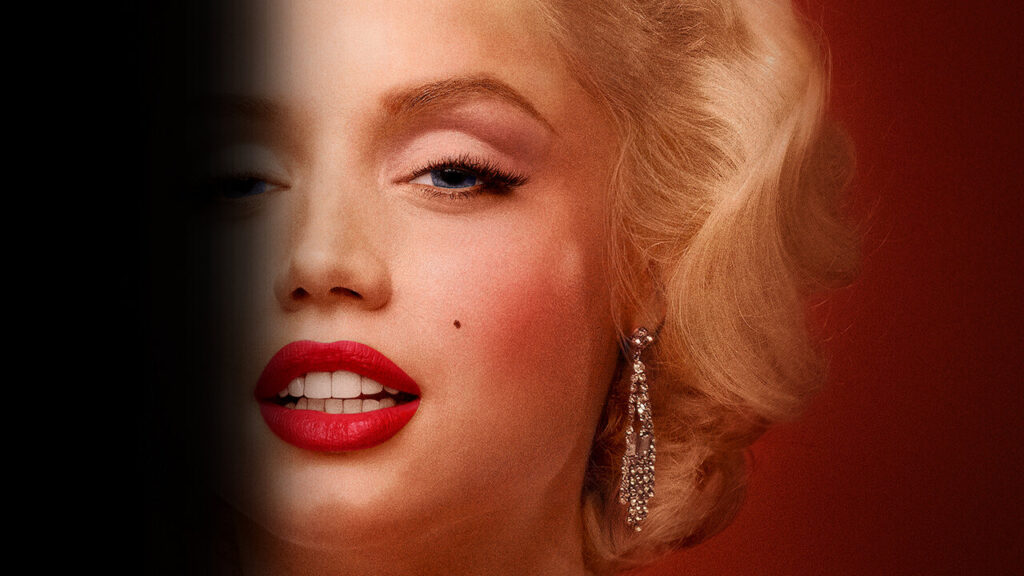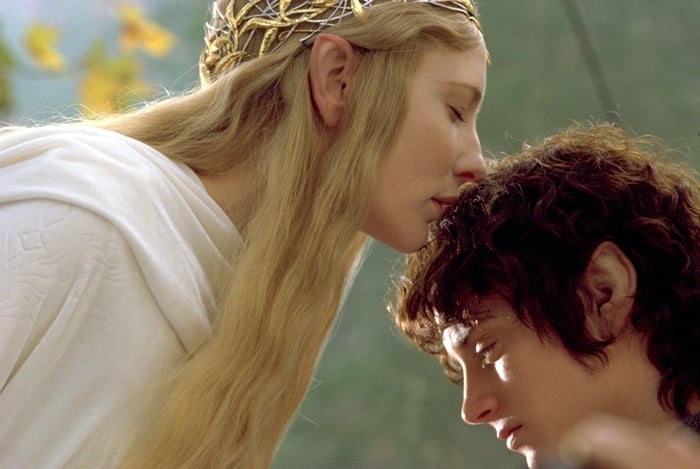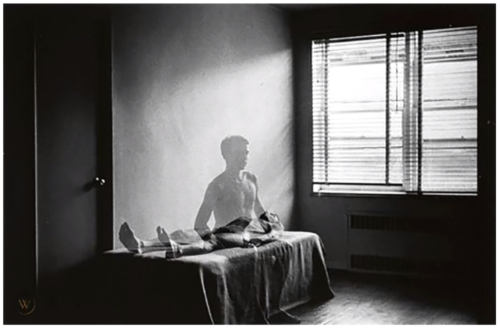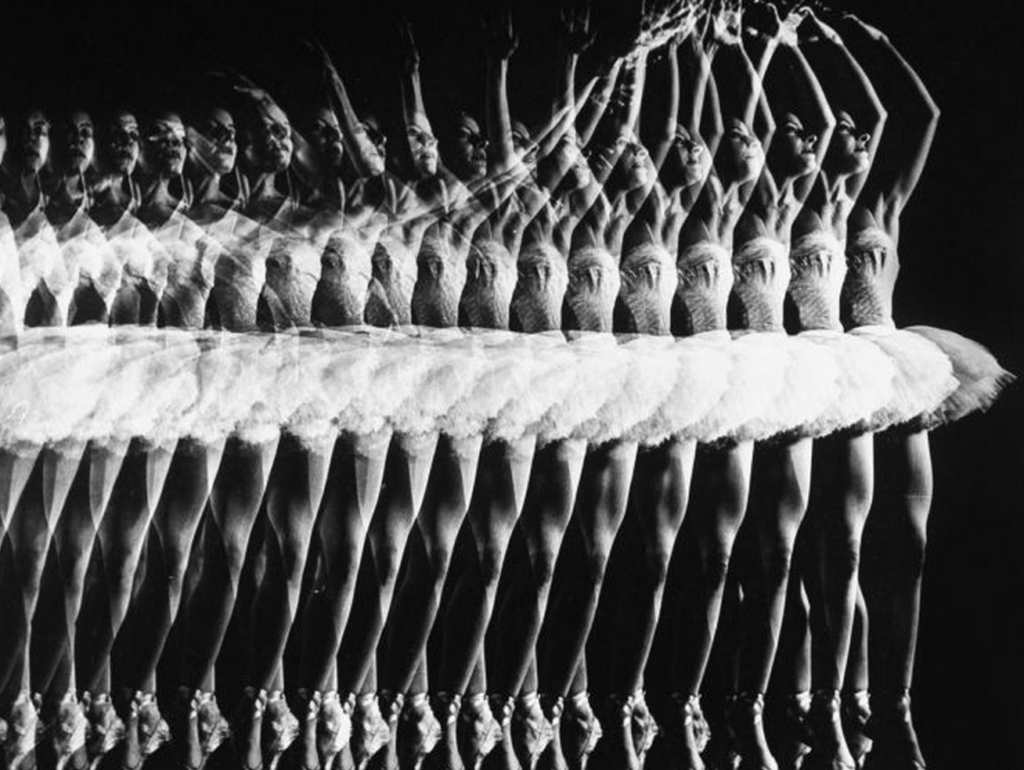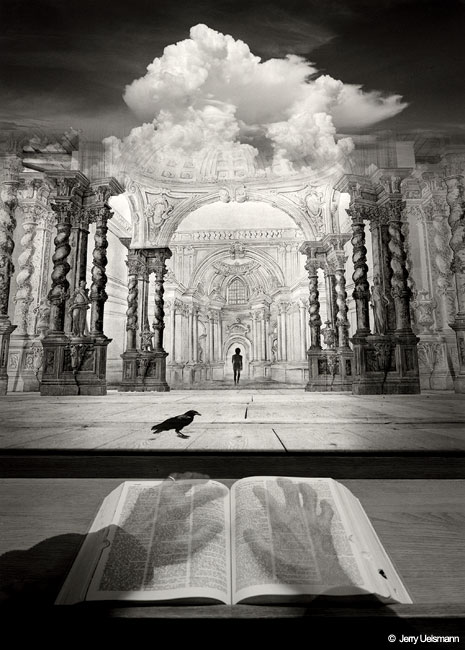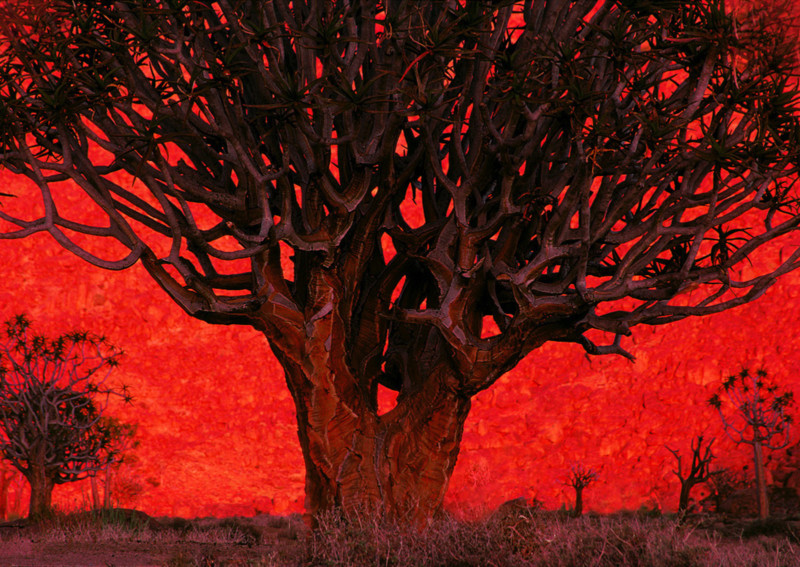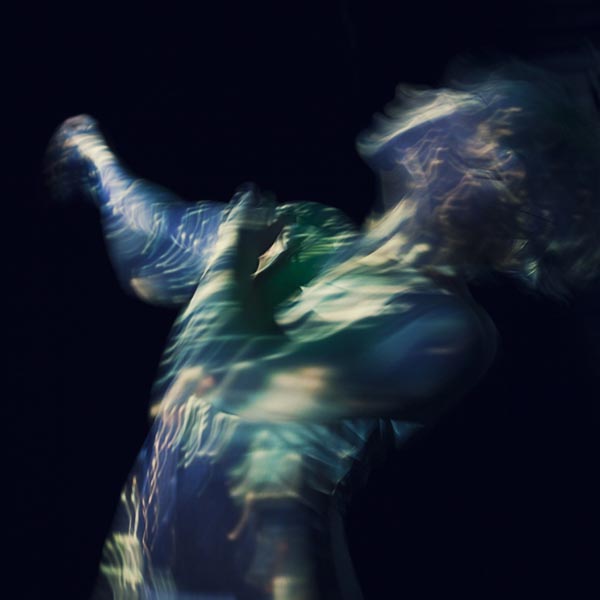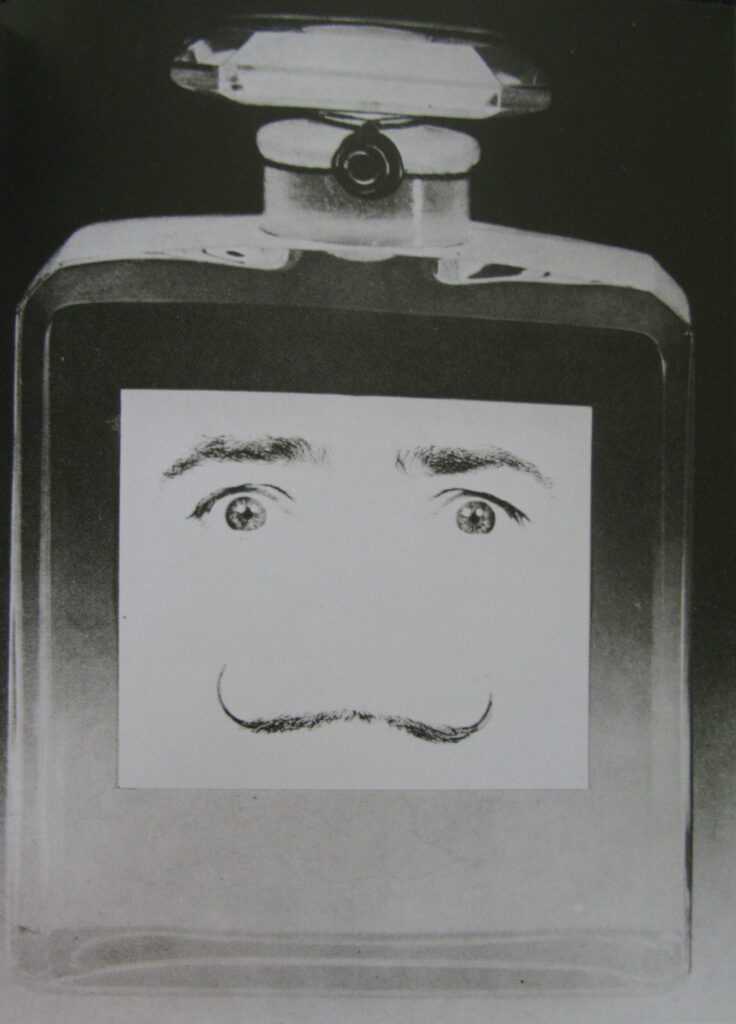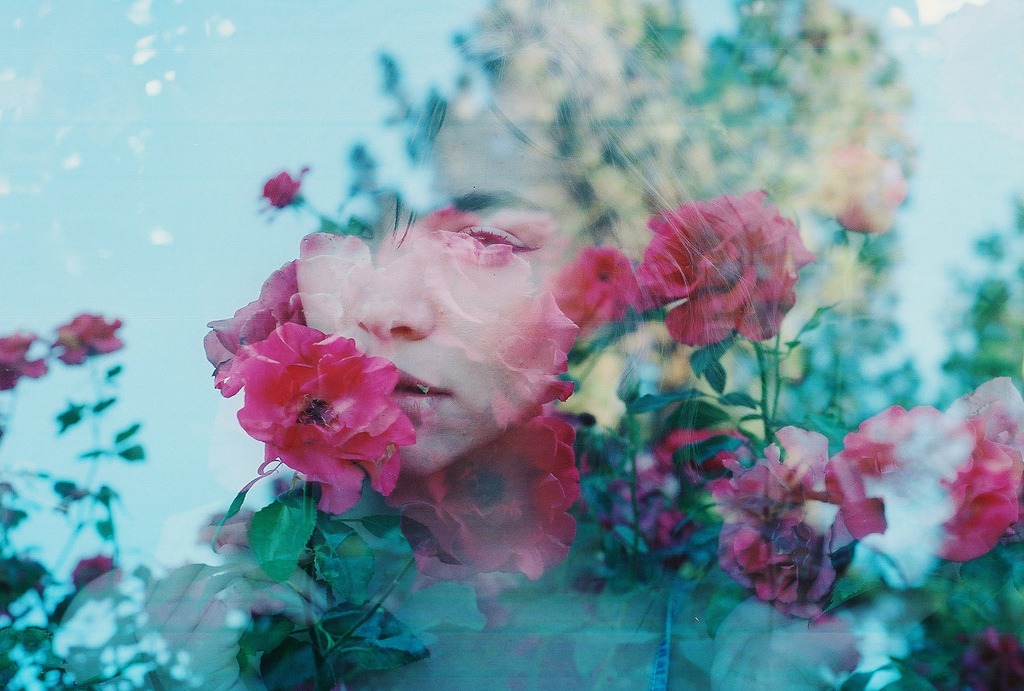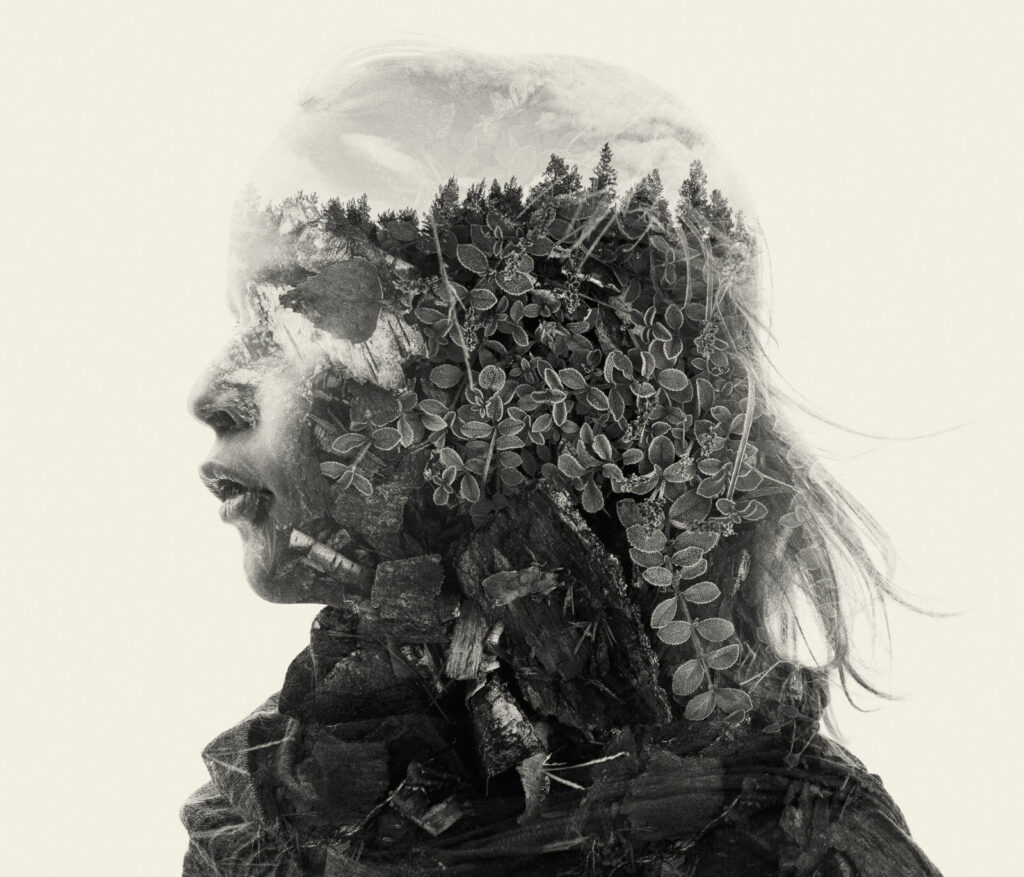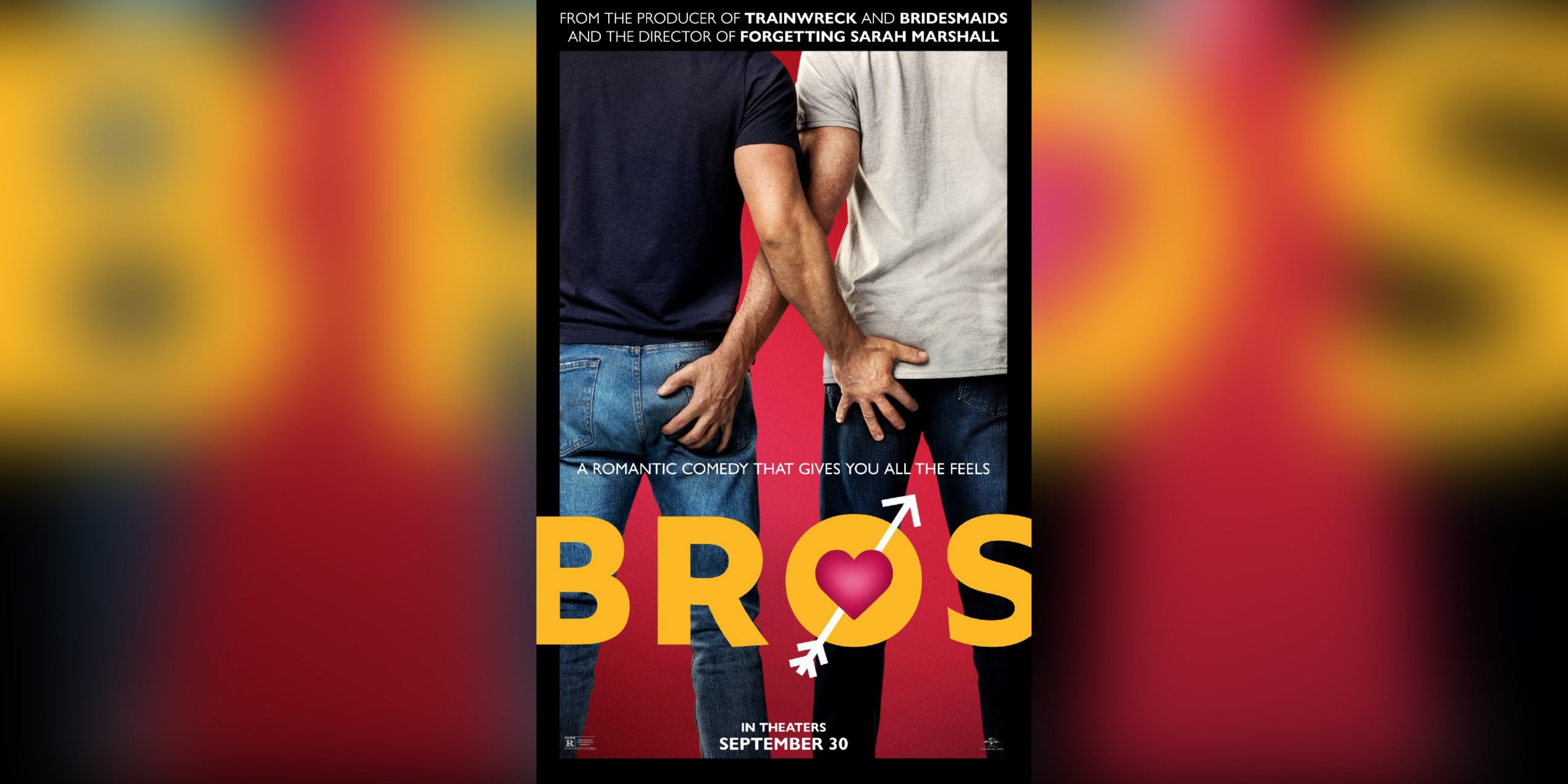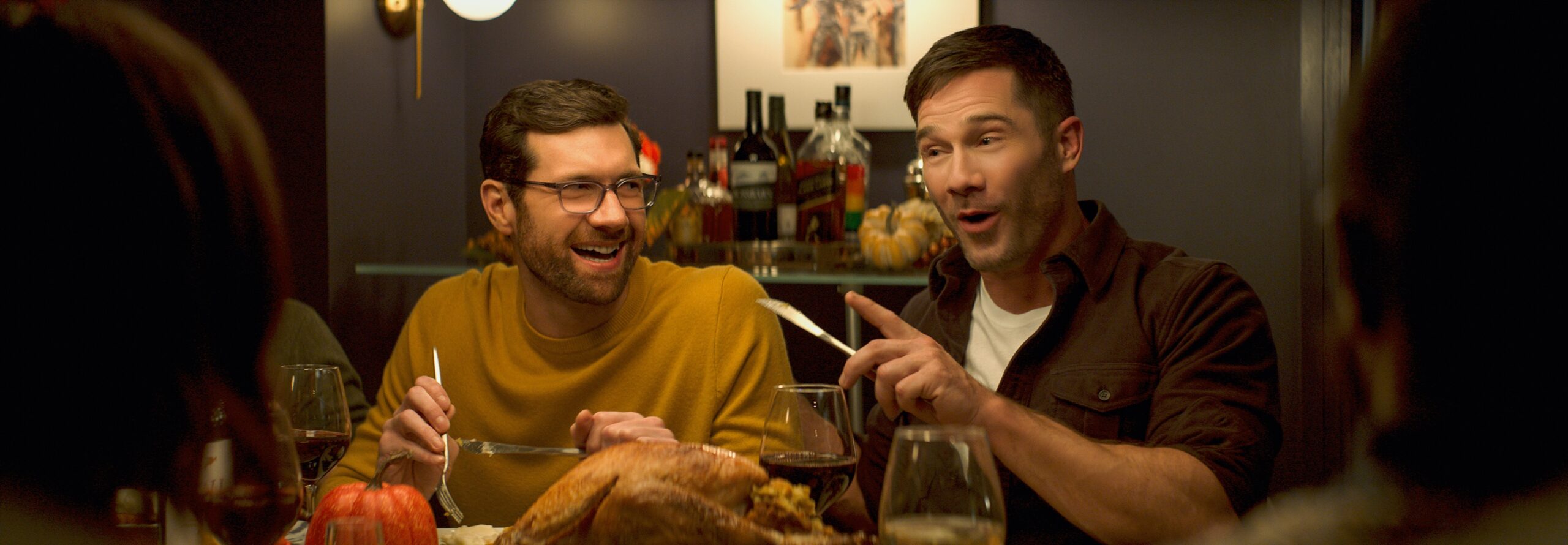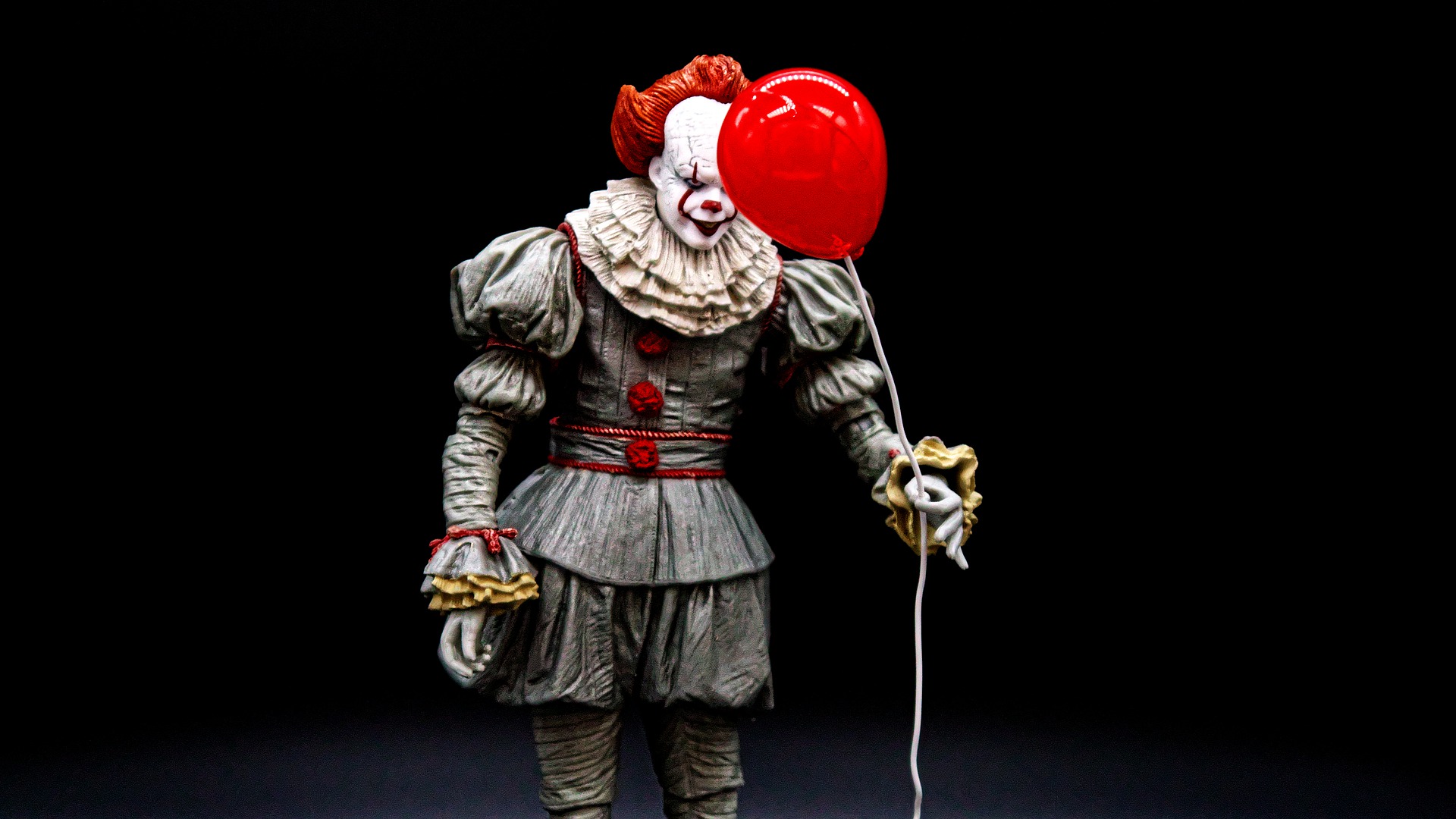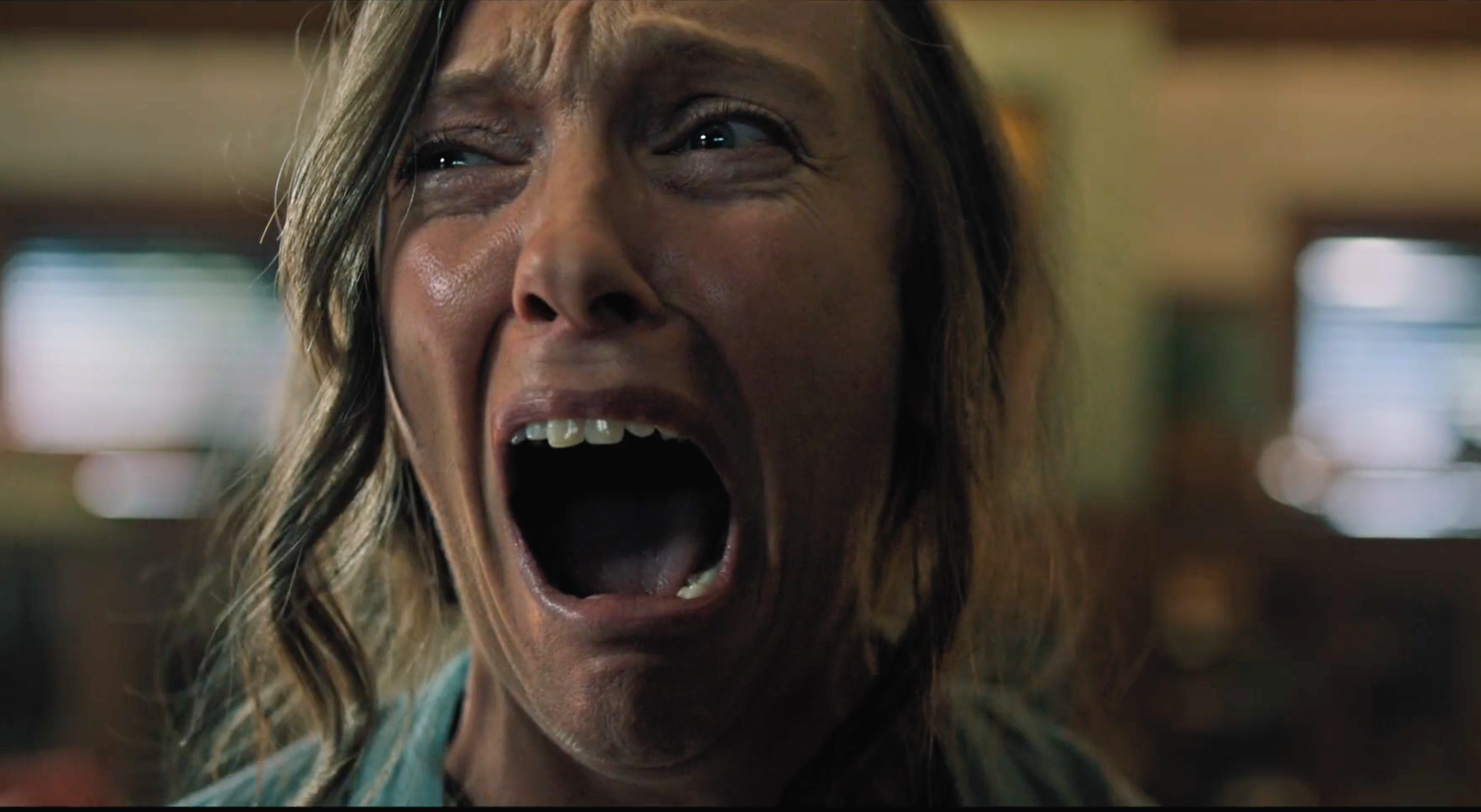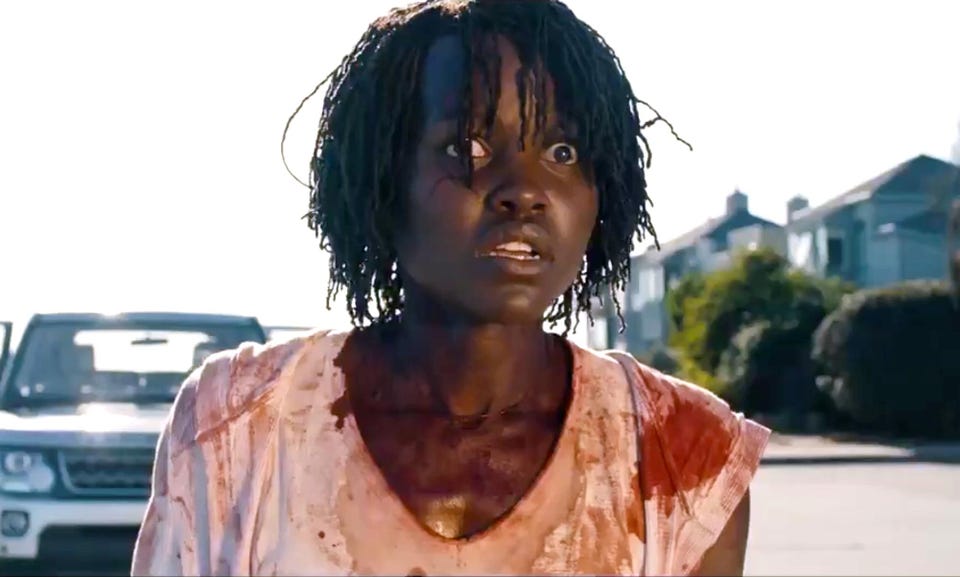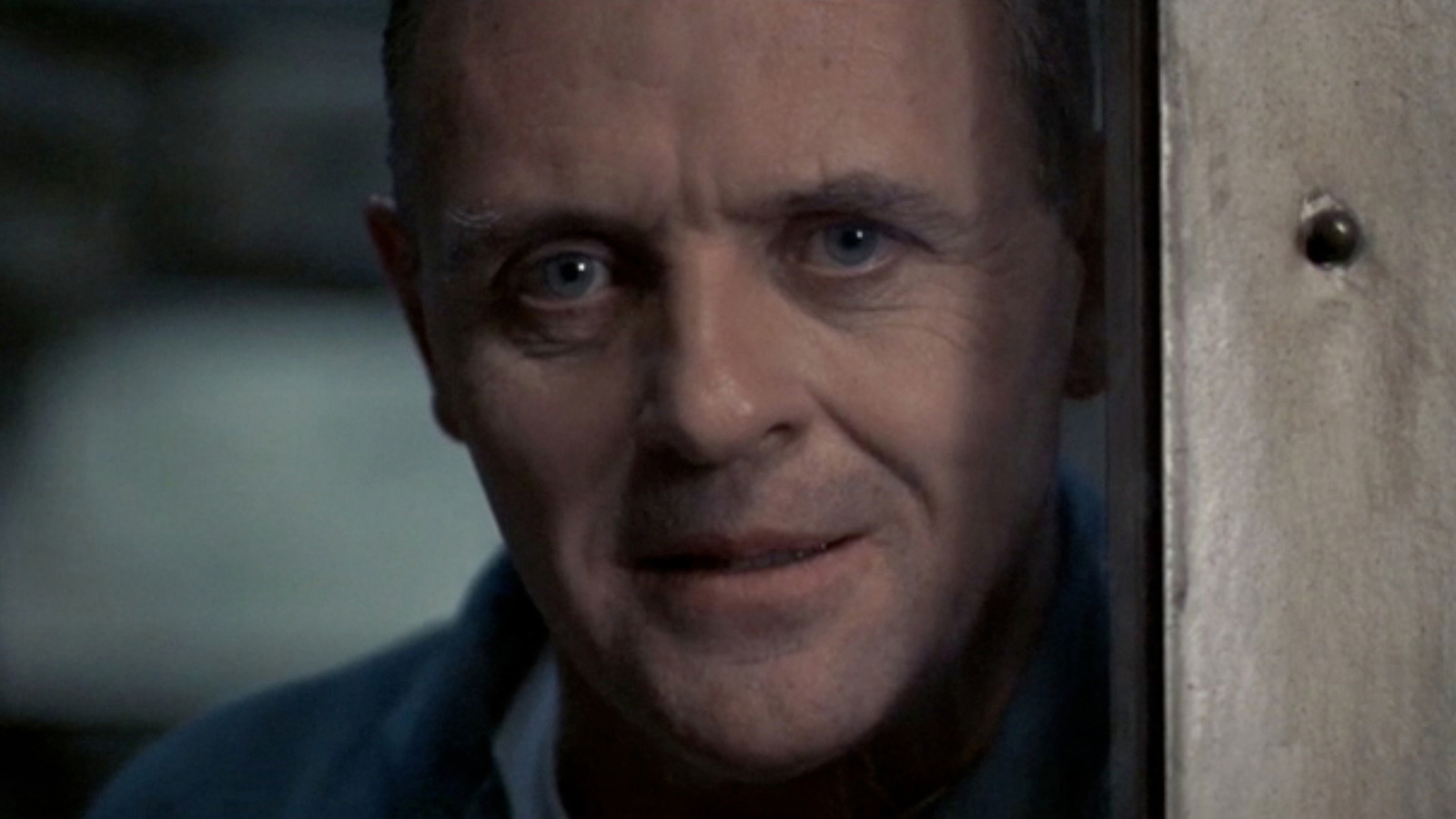Terrifying people through stories? It’s been a pastime of we humans since antiquity, with a large swathe of folklore centered around things that go bump in the night (particularly supernatural goings-on or anything related to—and exploiting—our innate fear of death.) With such a strong precedent in literature and oral history, it’s no surprise that the first horror movie was quick to get its feet under the table soon after the advent of cinema.
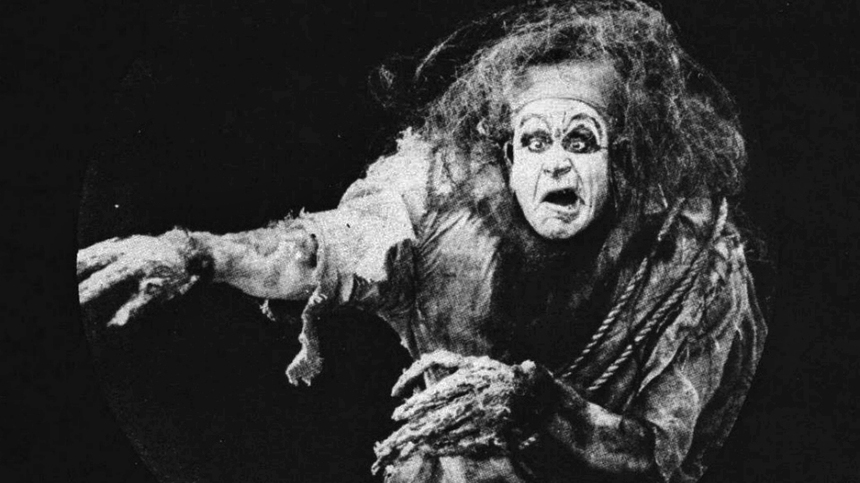
The First Horror Movie: What Was It?
Over the course of a century, film horror has gone through many peaks and troughs, leading us into the somewhat contentious period we find ourselves in today. The history of horror as a film genre begins with—as with many things in cinema history—the works of George Mellies.
Just a few years after the first filmmakers emerged in the mid-1890s, Mellies created “Le Manoir du Diable,” sometimes known in English as “The Haunted Castle” or “ The House of the Devil,” in 1896, and it is widely believed to be the first horror movie. The three-minute film is complete with cauldrons, animated skeletons, ghosts, transforming bats, and, ultimately, an incarnation of the Devil. While not intended to be scary—more wondrous, as was Mellies’ MO—it was the first example of a film (only just rediscovered in 1977) to include the supernatural and set a precedent for what was to come. Where the genre will go over the next hundred years is anyone’s guess, but sometimes it’s good to look back on the long road we’ve traveled to get to this point.
The Literary Years
After the first horror movie, sometime between 1900 and 1920, an influx of supernatural-themed films followed. Many filmmakers—most of whom still trying to find their feet with the new genre—turn to literature classics as source material. The first adaptation of Frankenstein was released by Edison Studios in these early days, as well as Dr. Jekyll and Mr. Hyde and The Werewolf (now both lost to the fog of time.) Things were starting to roll at this point as we moved into…
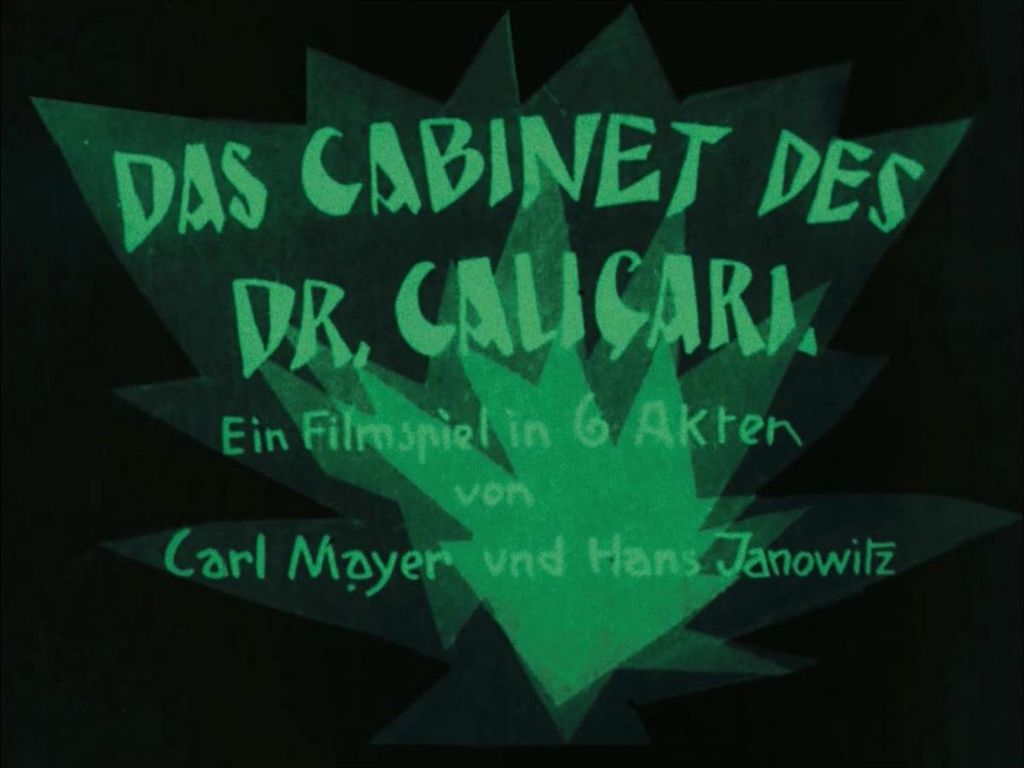
The Golden Age of Horror
Widely considered to be the finest era of the genre, the two decades between the 1920s and 30s saw many classics being produced and can be neatly divided down the middle to create a separation between the silent classics and the talkies.
On the silent side of the line, you’ve got monumental titles such as The Cabinet of Dr. Caligari (1920) and Nosferatu (1922), the first movies to really make an attempt to unsettle their audience. The latter title is one of Rotten Tomatoes’ best horror movies of all time and cements just about every surviving vampire cliché in the book.
Once the silent era gave way to the technological process, we had a glut of incredible movies that paved the way for generations to come, particularly in the field of monster movies – think the second iteration of Frankenstein (1931), The Mummy (1932) and the first color adaptation of Dr. Jekyll and Mr. Hyde (1931).
The 30s also marked the first time that the word “horror” was used to describe the genre—previously, it was really just romance melodrama with a dark element—and it also saw the first horror “stars” being born. Bella Lugosi (of Dracula fame) was arguably the first to specialize solely in the genre.
And as well as unnerving its viewers, the genre was starting to worry the general public at this point, with heavy censoring and public outcry becoming common with each release. Freaks (1932) is a good example of a movie that was so shocking at the time it got cut extensively, with the original version now nowhere to be found. Director Tod Browning—who had previously created the aforementioned and wildly successful Dracula—saw his career flounder at the hands of the controversy.
The shock value of Freaks is one of the few that has aged well up until the present day and is still a highly disturbing watch.
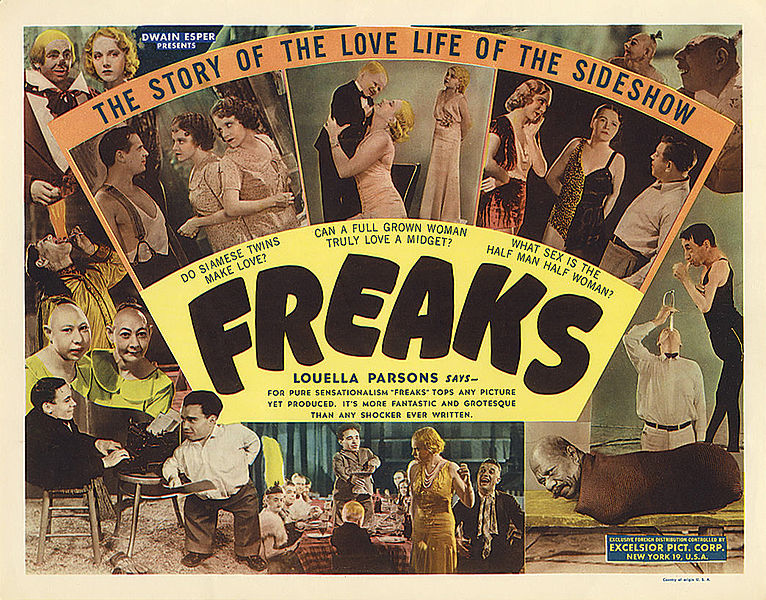
The Atomic Years
Freaks were banned for thirty years in the country that really came into its own during this period: Great Britain.
The Hammer horror company, while founded in 1934, only started to turn prolific during the fifties, but when it did, it was near global dominance (thanks to a lucrative distribution deal with Warner and a few other U.S. studios). Once again, it was adaptations like Frankenstein, Dracula, and The Mummy that put the company squarely on the map, followed up by a slew of psychological thrillers and TV shows.
And, of course, you can’t mention British horror without paying respects to Alfred Hitchcock, singlehandedly responsible for establishing the slasher genre, which we’ll see a lot of as we travel further forward in time.
Another hallmark of the 40s-50s era of horror came as a product of the times. With war ravaging Europe and fears of nuclear fallout running rampant, it’s of little surprise that horror began to feature antagonists that were less supernatural in nature—radioactive mutation became a common theme (The Incredible Shrinking Man, Godzilla), as did the fear of invasion with The War of the Worlds and When Worlds Collide, both big hits in 1953.
The latter marked the earliest rumblings of the “disaster” movie genre, but it would be a couple more decades before that would get into full swing.
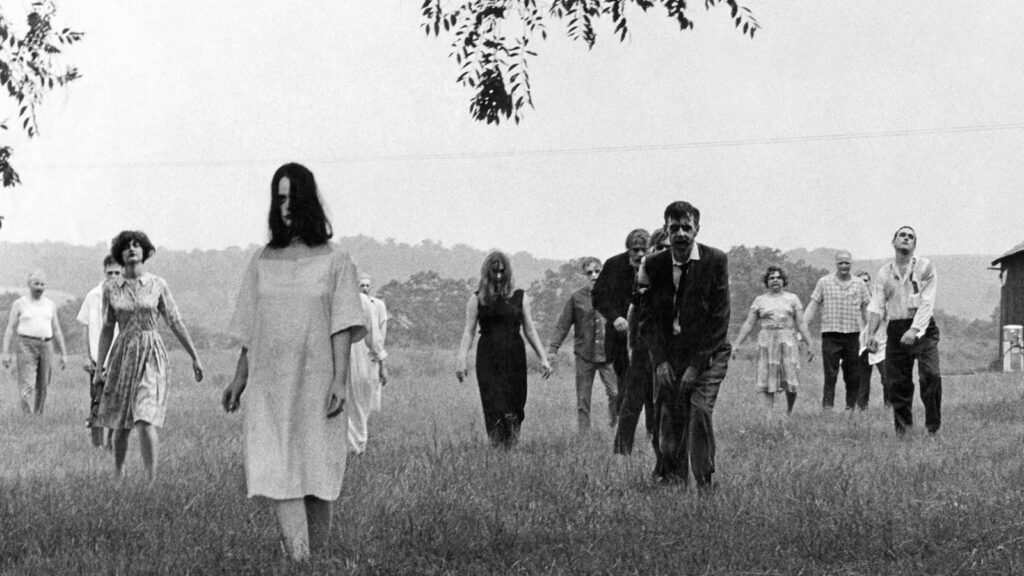
The Gimmicky Years
3D glasses? Electric buzzers installed into theatre seats? Paid stooges in the audience screaming and pretending to faint? Everything and anything was tried during the 50s and 60s in an attempt to further scare cinema audiences. This penchant for interactivity spilled over into other genres during the period but quickly died down in part due to the massive amount of expense involved. For horror, in particular, this gave way to the opposite end of the spectrum: incredibly low-budget productions.
From the late 60s onwards, so insatiable was the American appetite for gore that slasher films produced for well under $1 million took hold and were churned out by volume. That’s not to say that there weren’t some masterpieces produced during this time, though; George A. Romero emerged triumphant and kickstarted zombie movies in this period, having produced Night of the Living Dead in 1968 with just over $100k. It went on to gross $30 million, and the living dead rose in its wake.
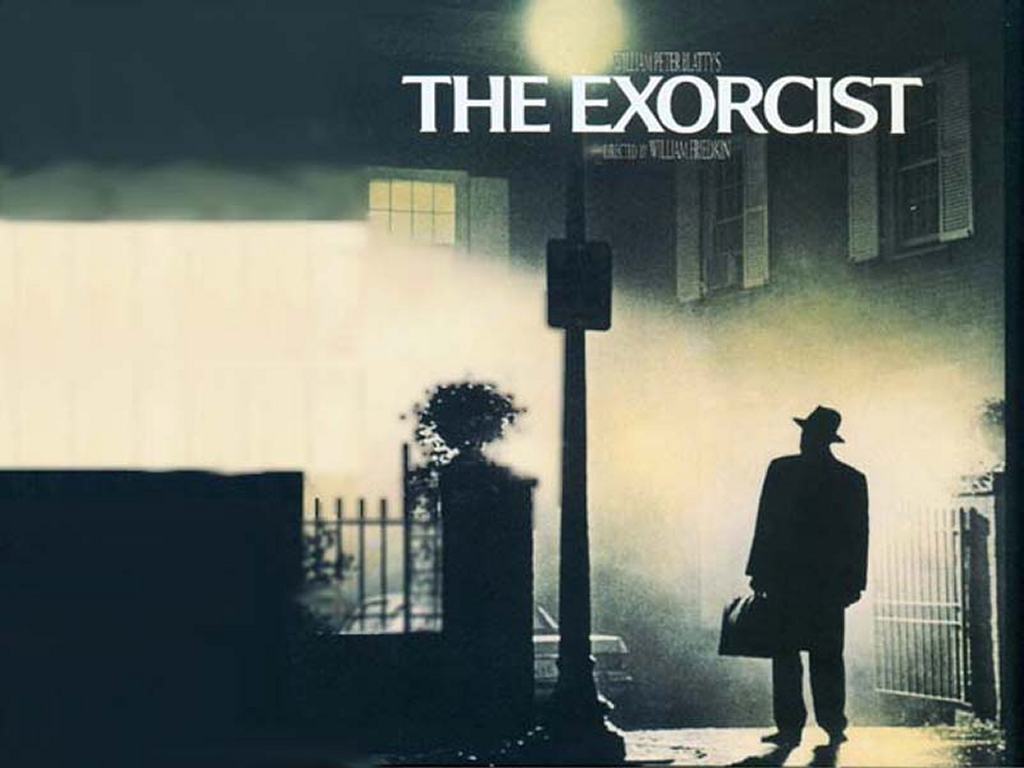
All Hell Breaks Loose
Occult was the flavor of the day between the 70s and 80s, particularly when it came to houses and kids being possessed by the Devil. The reason for this cultural obsession with religious evil during this period could fill an entire article on its own, but bringing it back into the cinema realm, we can boil the trend down to two horror milestones: The Exorcist (1973) and The Omen (1976). Supernatural horror was now very much back in vogue, and harking back to its cinematic origins, literature once again became the source material. This time, however, it wasn’t a Victorian author whose work had fallen out of copyright but a gentleman named Stephen King.
Carrie (1976) stormed the gates, and The Shining (1980) finished the siege (with 1982’s supernatural frightfest Poltergeist following soon afterward). With these hallmarks in the history of horror now firmly established, the foundations were laid for…
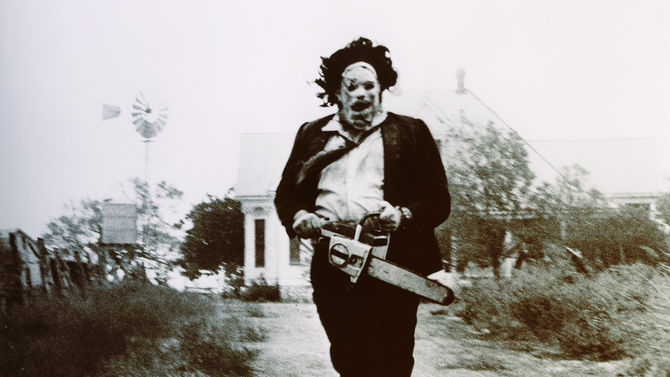
The First Horror Movie Slashers
If there’s one trope that typifies the 80s, it’s the slasher format – a relentless antagonist hunting down and killing a bunch of kids in ever-increasing inventive ways, one by one. Arguably kicked off by The Texas Chain Saw Massacre in 1974, the output became prolific over the next decade. For every ten generic slashers, however, there was one flick that would end up becoming a cult classic even if critical success was mixed at the time—Halloween, Friday the 13th, and A Nightmare on Elm Street are the most prominent examples, which became so successful that they spawned their own long-running franchises (the first time in the history of the genre that multiple sequels became commonplace.)
Plenty of imitators and rip-offs followed, too, particularly in the Holiday-themed department. Some were a lot better than others as the genre descended to its most kitschy. Similar to the first horror movie, these films were not intended to scare but to entertain.
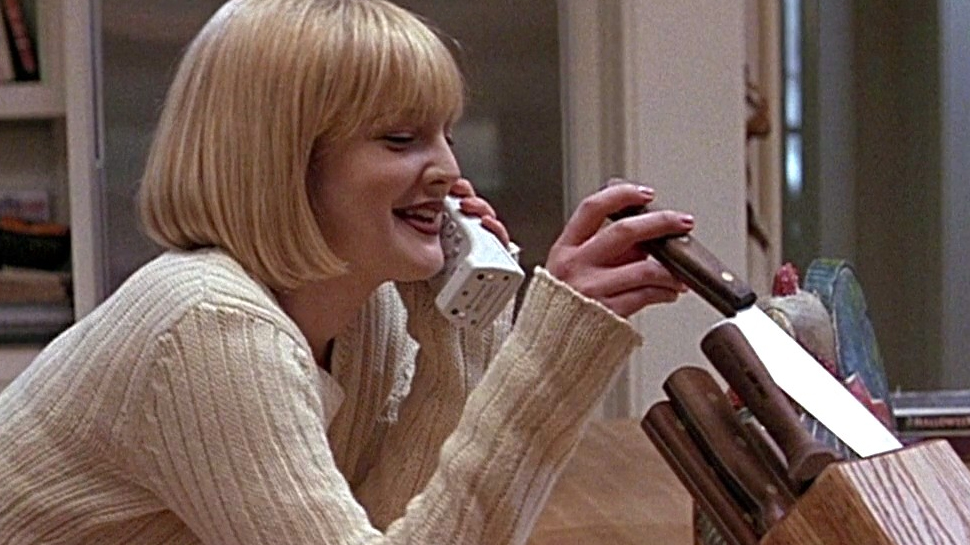
The Doldrums
Suffering from exhaustion in the wake of a thousand formulaic slasher movies and their sequels, the genre lost steam as it moved into the 90s. The advent of computer-generated special effects brought with it a number of lackluster CGI monster titles that did little to revive the genre, such as Anaconda (1997) and Deep Rising (1998). But it was a comedy that ended up saving the day. Peter Jackson’s early foray into filmmaking saw him taking the splatter subgenre to ridiculous extremes with Braindead (1992), and Wes Craven’s slasher parody Scream (1996) was met globally with overwhelming success.
The genre as a whole limped on without much fanfare into the 2000s save for a few box office successes. The zombie subgenre, however, sprang back into un-life during this decade, arguably spurred on by the unprecedented success of Max Brook’s novel World War Z (later becoming a film in its own right.) The video game adaptation of Resident Evil (2002) was among the first of the new wave, followed swiftly by 28 Days Later a few months later, Dawn of the Dead (2004), Land of the Dead (2005), I Am Legend (2007) and Zombieland (2009.)
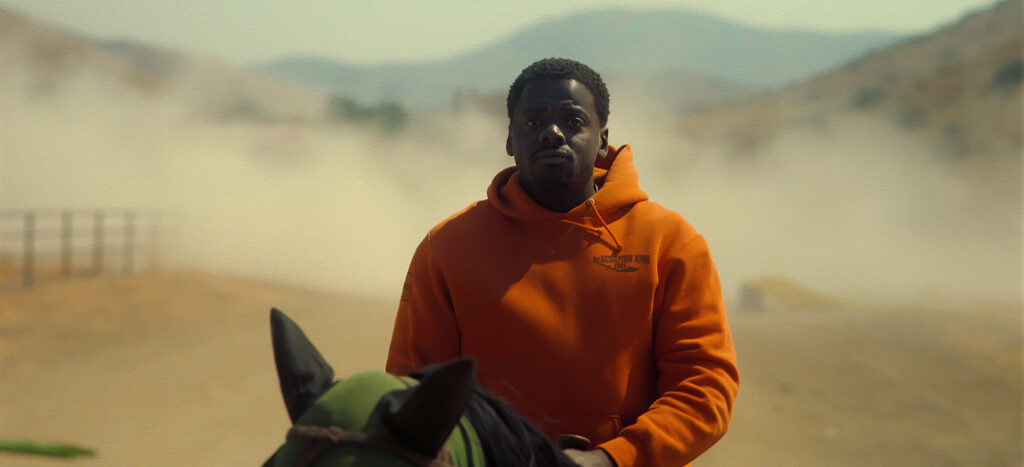
The Present Day
The state of the horror industry is hotly contested. With the genre seemingly relying on churning out remakes, reboots, and endless sequels, many argue that it’s languishing in the doldrums once again with little originality to offer a modern audience. The resurgence of ‘torture porn’ is also derided as a subgenre, having come back into the fore in the wake of the 2000s Saw and Hostel franchises with no signs of slowing down.
On the other hand, glimmers of hope shine through with examples of extreme originality and artistry. Cabin in the Woods (2012) has been heralded as this decade’s Scream, and the recent releases of The Babadook and A Girl Walks Home Alone at Night (both 2014) breathed new life into the genre. Jordan Peele, writer, producer, and actor, rose as the new king of horror with original films, including Get Out (2017), Us (2019), and Nope (2022), which top Rotten Tomatoes’ best horror movie list. While scary, the films are also smart and provide sociopolitical commentary, as Peele explained in an interview with Time Magazine. NYFA Alum Tracy Oliver is a co-writer of the 2022 film The Blackening, a movie that makes fun of horror clichés but also calls out racial stereotypes. Both films, similar to the first horror film and a variety of others in the history of horror, don’t have the main goal of scaring the audience.
The Future of Horror Films
With perhaps more subgenres than any other branch of fictional filmmaking, it’s difficult to see how anyone can expand or advance on anything that has come before in cinematic horror. However, there’s no doubt somebody will, and that motivated and imaginative film school students become the Alfred Hitchcocks of tomorrow.
